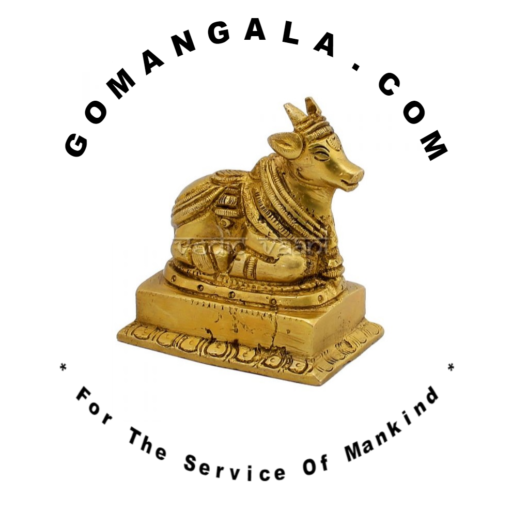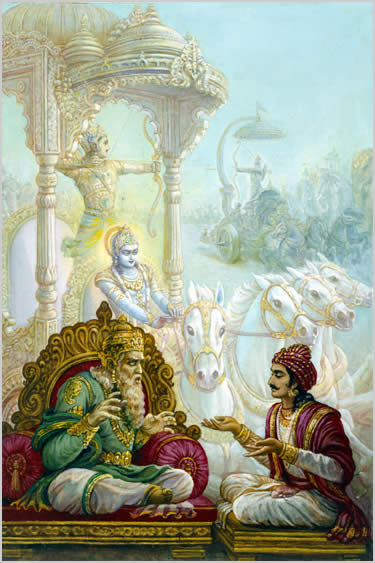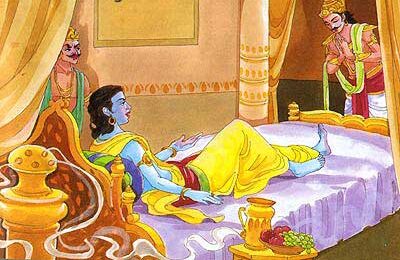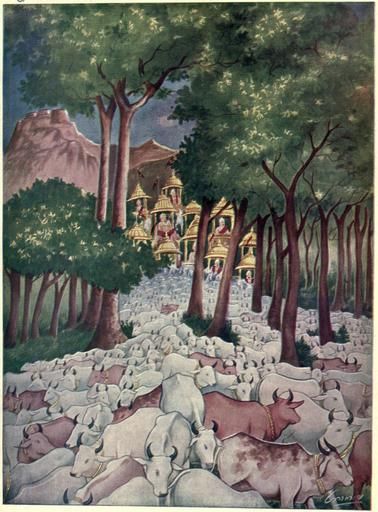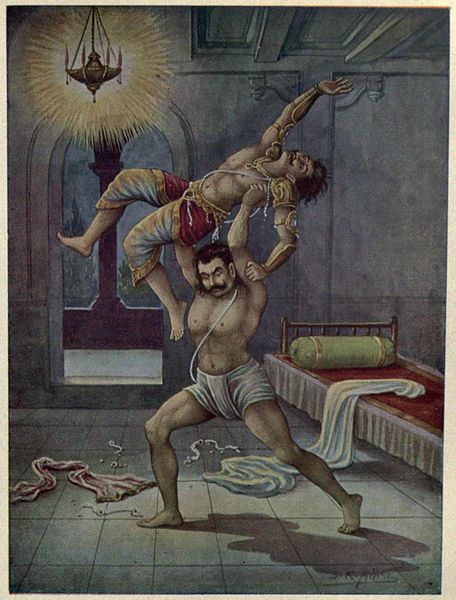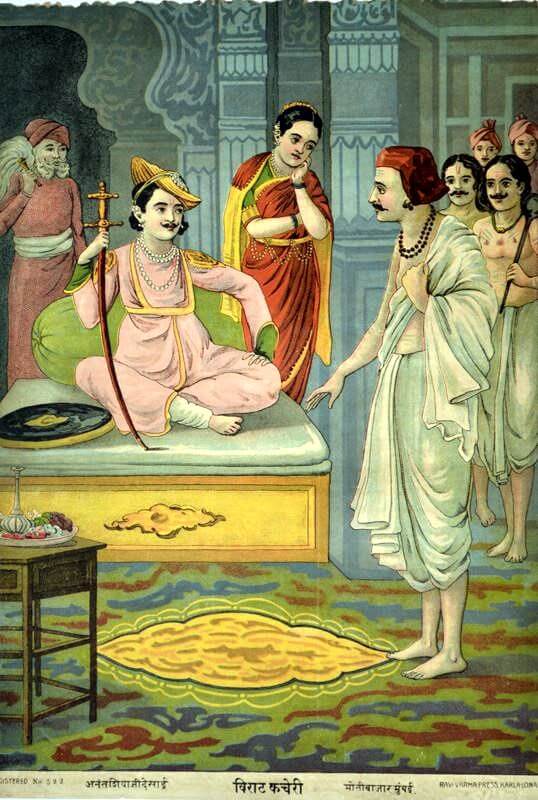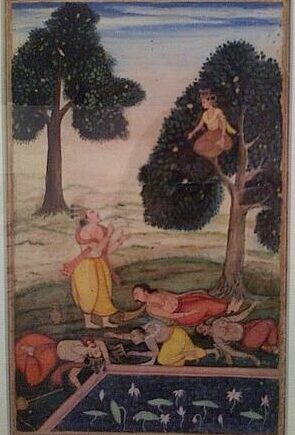Jagarana Parva, also named as Prajagara parva, is the fifty first upa parva included in the fifth Maha parva named as Udgyoga parva, in the epic Mahabharata. The main purpose of this parva is to disclose the advices of Vidura to Dritarashtra and thereby to insist his son, Duryodhana to return back the legitimate, movable assets and immovable parental properties of Yudhishtira to him.
What was the result of Sanjaya yana on Dritarashtra?
The result of the arrival of Sanjaya to the palace of Dritarashtra had aroused curiosity in him and caused to suffer by the restlessness. In that curiosity, to know more about the replies of the Pandava brothers who were temporarily camping at Upaplava under the kingdom of Matsya, Dritarashtra started guessing.
In addition to the pre-occupations of Dritarashtra, Sanjaya had already told him, hinting, his negligence was the main reason for the sufferings of the Pandava brothers. Then, it was too late, and since he was tired of travelling, he said he would be disclosing it on the next day in the court hall where Duryodhana, his son, had played the dice game cheating Yudhishtira.
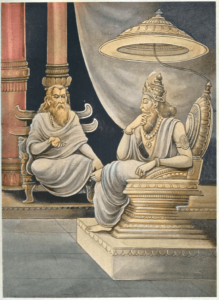
Why Vidura was summoned by Dritarashtra in the late night ?
Dritarashtra summoned Vidura in the late night, when he tried to sleep but could not get comfortable sleep, due to sufferings by sleeplessness. Vidura was his younger brother, and used to assist him in all the legal matters related to the royal administrations. The morality, ethics and justice practiced by Vidura was exemplary and hence, in order to pass time on that night, Dritarashtra thought to consult Vidura as a remedy for his sleeplessness.
Continue reading